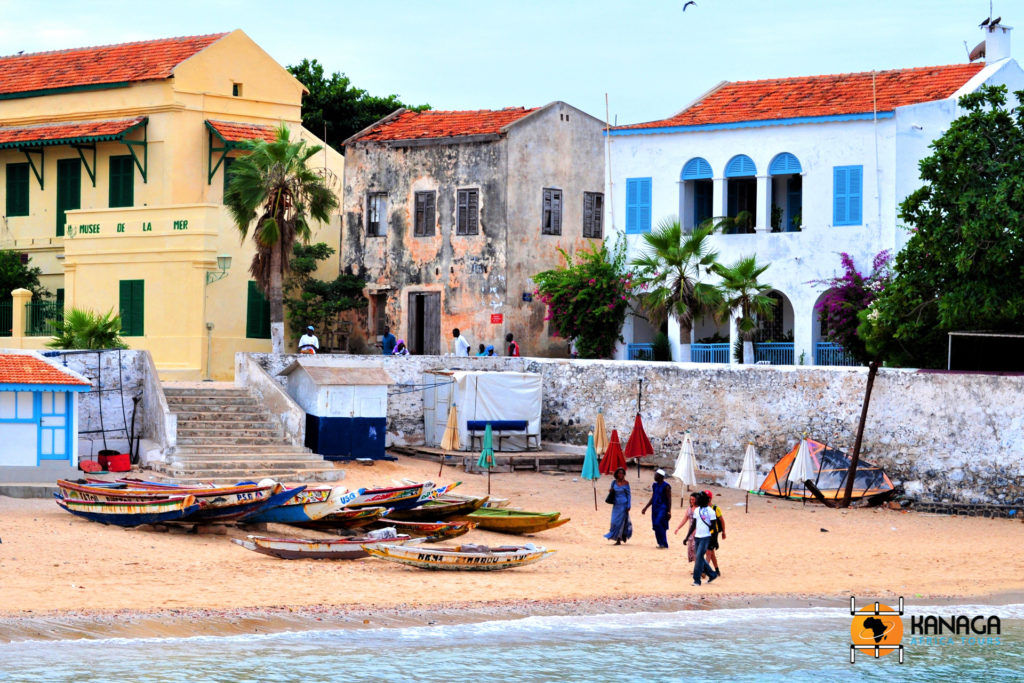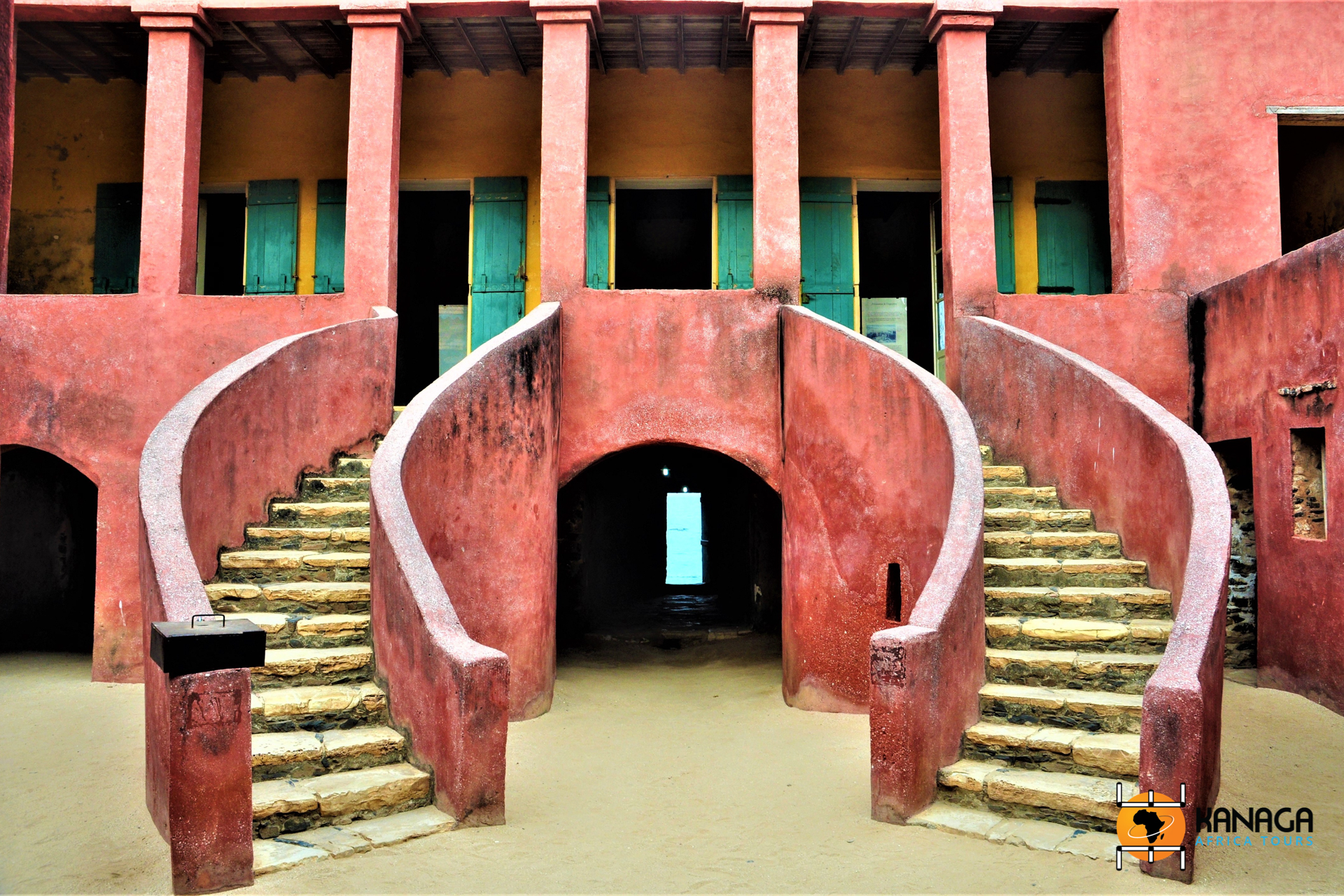© L.F. Paoluzzi
If Dakar fully reflects the characteristics of a different and eclectic country, a concentration of cultures, traditions and contradictions, suffocated by chaotic traffic, is in constant ferment and change, on the Île de Gorée, reached by ferry in 20 minutes, where time seems to stand still.
On this tiny, quiet little island off the coast of Dakar, there are no roads or cars, just narrow alleyways lined with bougainvillea covering the pastel-coloured walls of the old colonial buildings with their characteristic wrought-iron balconies and wooden galleries.
Its history clashes with the peace and tranquillity that permeate the island today, with picturesque fish restaurants lining the quay, boutiques and craft workshops dotted along the street leading to the scenic fort, monumental baobab trees and cheerful children jumping into the water from the jetty. Between the 17th and mid-19th centuries, it was one of the main strategic centres in the European slave trade and a French military base for controlling the Atlantic coast.
Here, French officials and administrators lived in concubinage with young Senegalese women, elevating them to a higher rank when they became pregnant and assigning them one of the beautiful houses on the island. It was within these walls that entire generations of mestizo children were raised, later integrated into the colonial schools and administrations. While the Signares (as they were called) on the upper floors welcomed the rich European merchants, the “goods” were stored in the dungeons. Damp and dark cells, trapdoors and “doors of no return”, open directly onto the Ocean, saw the passage of thousands and thousands of slaves, waiting to be deported to the Americas.
The ‘Maison des Esclaves’, built in 1786, is one of the symbolic places for the historical memory of all humanity.







